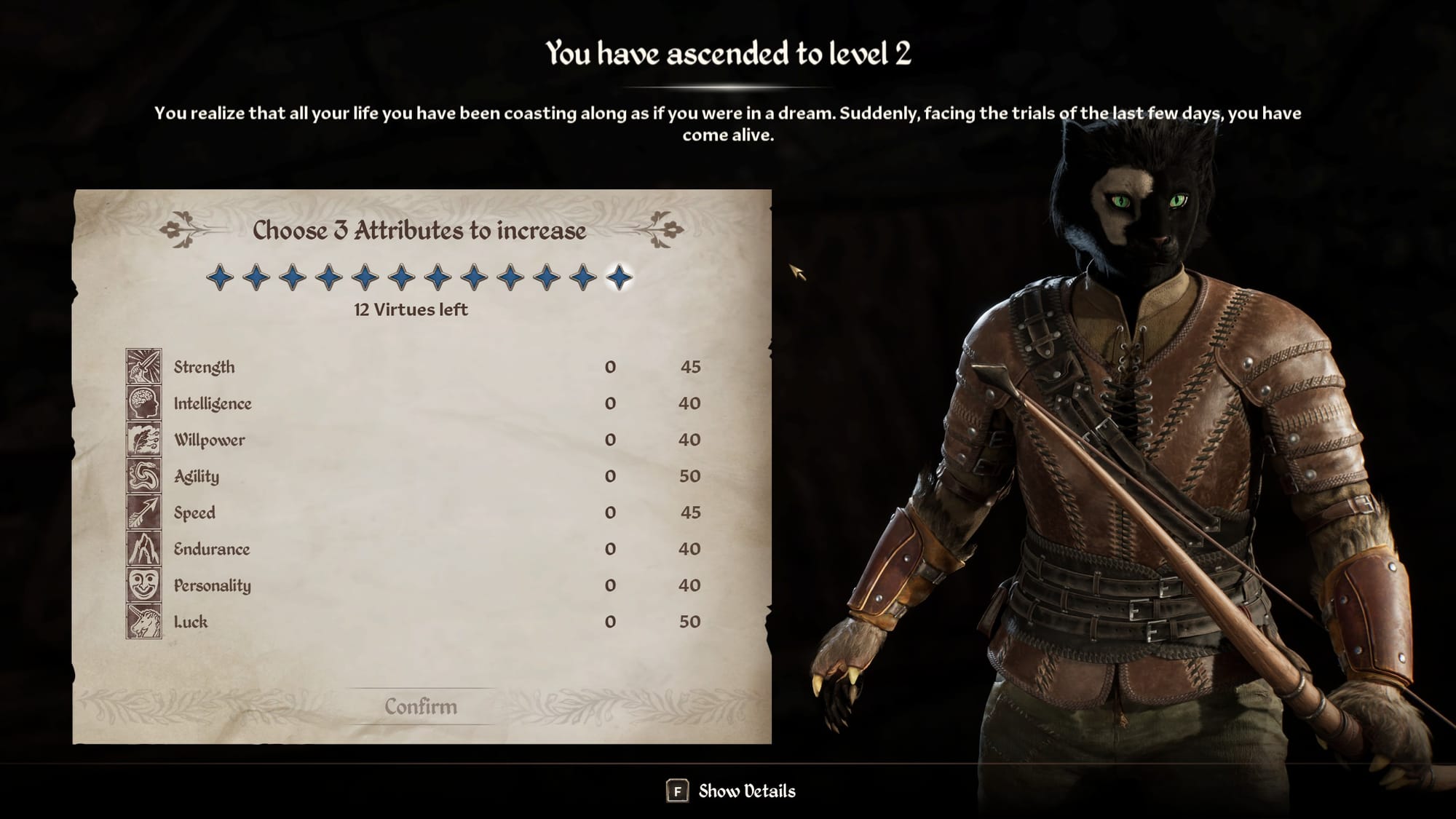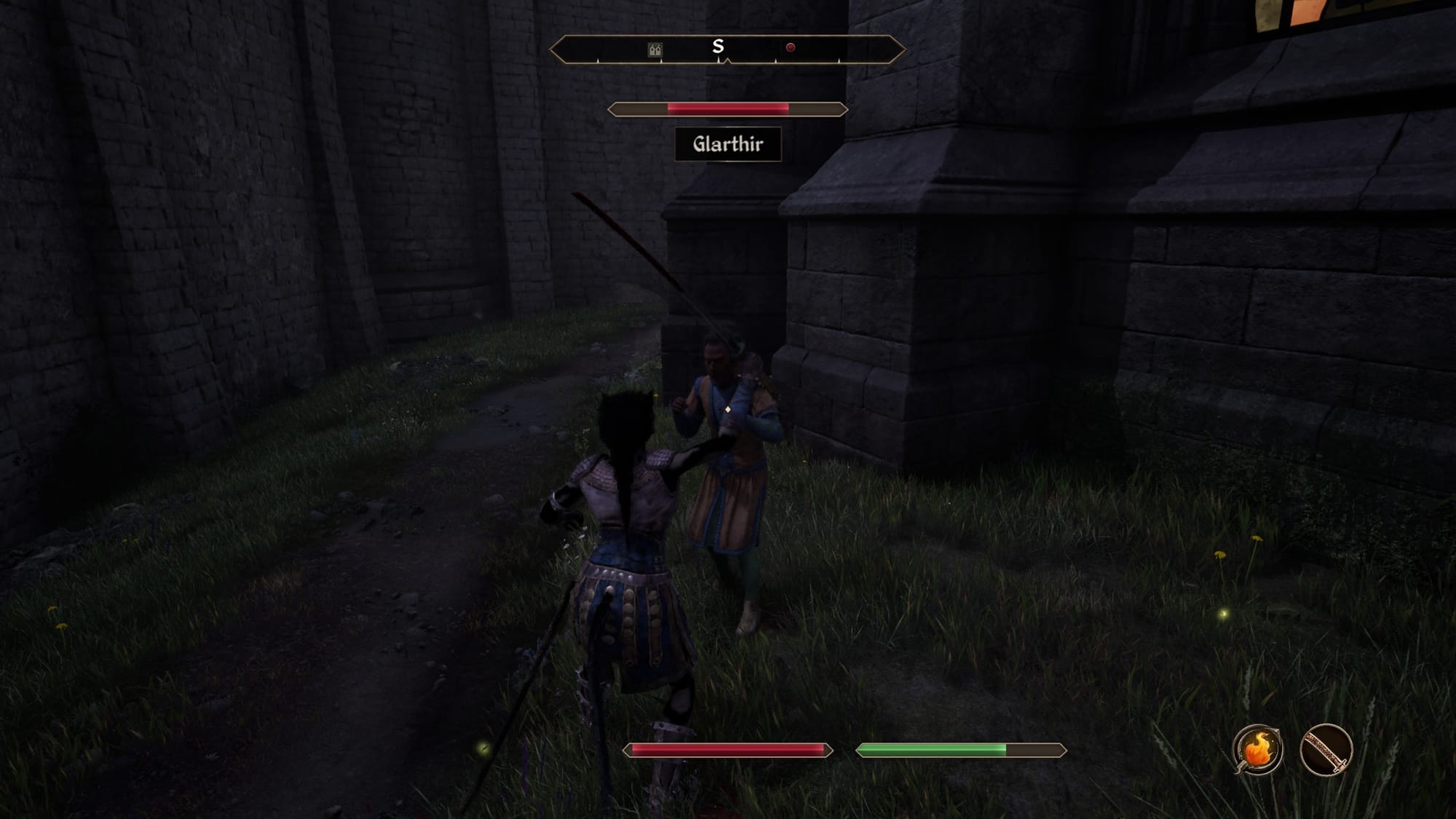Oblivion Remastered review — A beautiful, wonderful mess

If you say “Skyrim”, most people know what you’re talking about. That game subtitle has quite possibly eclipsed the series it’s from, The Elder Scrolls. Saying “Oblivion” won’t get the same reaction, but it’s still a game that’s near and dear to RPG fan’s hearts. After a sudden reveal and shadow drop, Virtuos has handed us a fresh way to play Oblivion, and you could argue this is the truest remaster we’ve ever seen, both for better and worse.
It all begins as you, a prisoner, find the Emperor of all people coming by your cell. Turns out, you have a secret door in there leading out of Imperial City. The Emperor is on the run, but is stunned as you resemble a figure from his dreams. He later succumbs to the assassins chasing him, but not before sending you on a mission to save Cyrodiil.
This merry yet dark journey is incredibly memorable, weird and more. There’s no need to adjust the story; Bethesda tells an outstanding tale layered with tons of phenomenal side content. Closing shut the jaws of Oblivion is simply amazing. That’s before you include the DLC, and while the Knights of the Nine is simply great, Shivering Isles is one of the best expansions ever made. When it boils down to narrative, Oblivion as a whole does not disappoint.
The biggest reason to remaster this game is because it’s dated. While the writing has no expiration date, the visual quality certainly does. After twenty years, the fuzzy resolution and choppy framerate needed a touch-up. Not to mention how much is lacking in detail compared to today’s standards.
Let me be clear, the trailers alone don’t do justice to the transformation that’s taken place here. You have to play it to believe it. It’s like experiencing a game for the first time. If you think the sewers at the start look good, just wait until you exit into Cyrodiil for the first time. The rolling green hills, the rocky crags and mountains, the details of the architecture of the Imperial City and surrounding towns; it’s wizardry in motion. I’d almost argue the game is right next to Avowed in terms of visual fidelity, although you do see rough edges in certain open-world instances. You’ll be hard pressed to believe someone didn’t make this game recently, outside of the feel of the gameplay.
With that in mind, it’s not quite a remake, as this is still the same Oblivion you know and love under the hood. Literally, the game is using Unreal Engine to render the new visuals while everything else is still handled by Gamebryo. It’s a fascinating way to handle what would otherwise be considered a remake, at least visually.
While this approach has some phenomenal strengths (have we mentioned that this game is stunning yet?), it also has some drawbacks. For one, despite being verified, the game doesn’t run well on Steam Deck. You can certainly play it, but you’re probably not going to have a good time on anything other than a beefy PC or a console. There are also quite a few stutters to the framerate that occur occasionally, along with odd lighting issues that can pop up with the ray tracing – for instance, my sword causing some extra shadowing on a lake.
Additionally, being essentially the same game means that most bugs you’d encounter in the most up to date version of the original Oblivion are still present here. For example, when saving what’s left of Kvatch in our playthrough, Savlian Matius will still get stuck in the courtyard of the castle, requiring you to go in yourself and retrieve the Count’s ring with no prompting or direction to do so. There were some bug fixes implemented here, but also new bugs were introduced, such as one that causes equipment to break extremely fast – in one to two hits. It’s not nearly as stable as Starfield, though if you can tolerate Bethesda jank you’re still going to have a great time.

That’s because Oblivion is just a blast. Just like Bethesda’s other titles, it’s an open world RPG with an emphasis on character building and roleplay. Once the Emperor is dead and you’re out of prison, you’re free to go wherever you want and do whatever you want to do, growing your character’s skills in the process. Oblivion strikes a nice balance between the stat heavy and mechanically dense Morrowind and the more action oriented Skyrim. Your stats matter in just about everything you do, but so does your skill as a player. If you don’t understand how lockpicking works, for example, a high security skill won’t get you very far. This along with some great quest design and a vast open world with tons to discover makes it hard to put Oblivion down. Even without mods, the game is just fun.
It does still have some issues though. While the leveling system has been reworked in this remaster, it’s still not ideal. In Oblivion, you gain experience by increasing your proficiency with skills, such as Hand-to-hand, Mysticism, or Agility. The Major Skills you chose at the start of the game will grant you more experience, but now minor skills will still grant a bit. After increasing your proficiency enough times, you earn a level up and can allocate stat points to your attributes; Strengths, Intelligence, Willpower, Agility, and so on. The world will also level up alongside you, theoretically retaining some challenge for your entire playthrough. In practice, if you don’t increase your combat skills enough by the time you level up you might find yourself suddenly getting destroyed by foes that were easy to defeat just a few minutes ago. It’s better than it was, but could really use more tweaking.

Moving to combat, it feels much better, but still doesn’t hold up after the years of improvements we’ve watched in the genre. Bethesda’s style isn’t generally the best, with an odd weightlessness to melee combat. That’s still here, as you flail wildly to slice or smack your enemies. What has been improved is the reactive nature of your foes – while the original Oblivion had no animations for enemies as you struck your blows, this remaster adds reactions to your attacks. It’s nothing too fancy, but it makes it feel a bit better than before.
Firing a bow hasn’t changed almost at all beyond those reactive animations. You’ll still shoot arrows with no aiming down sights, but at least it all works. An area that has gotten a huge improvement is magic, with the particle effects shining far brighter than they ever did in this rework. Again, combat was never a strong suit, but I appreciate the efforts here that do raise the experience, even if only slightly.
One of the best fixes comes in the form of the character models. In the original game, characters looked more like potatoes than people, and that’s just for the more human races. Khajiit and Argonians were terrifying abominations. Everyone’s received a massive glow up here, from the Emperor to beggars on the streets of Bruma. They all look great, and utilize some great lip synching technology that makes the facial animations match the old vocal performances pretty well. Khajiit and Argonians may have gotten the biggest upgrade, however, as both races look fantastic now (even if putting on something like the Crusader’s Helm may cut off their snouts).
The game was also infamous for having very few voice actors in total, and Virtuos took the time to actually record old lines with new actors to diversify things a bit. You’ll still hear the old actors more often than not, but it’s nice to hear the talents of James Marsden, Tim Blaney, Coleen Delaney, and more. As for the original, they’ve even left in the famous “double-take” line, where a voice actress needed to redo a sentence and the editor missed the correct cut.
Speaking of funny moments, the good news about the bugs is most of them are the ones that are comical in nature. This is the “Bugthesda” that made for a good larf, with ridiculous moments occurring that you knew just weren’t right. I’ve watched as a dead enemy torpedoed around due to a physics bug, and that’s not even half of it. At the start of a friend’s playthrough, he noticed a SECOND Emperor Septim entered the room where the Emperor is supposed to die, and remained standing there watching his alter get stabbed. Marvel may need to send the TVA in, because we got variants chilling in Cyrodiil.
Review Guidelines
85
The Elder Scrolls IV: Oblivion Remastered
Great
This might be the best visual remaster we’ve ever seen. Virtuos rebuilt Cyrodiil to look even better than we remembered, at a level that matches recent releases. While the gameplay itself is largely untouched and can feel a bit dated, the tremendous narrative steps in to make this worthy of your time. This is how we were meant to experience The Elder Scrolls IV: Oblivion.
Pros
- Jaw-dropping visual upgrade
- Improved animations
- Same remarkable narrative
- Character models and lip-sync
- Adding voice lines without taking anything away
Cons
- Some bugs are not comical
- New bugs in both gameplay and visuals
- Remaster means combat doesn’t get a good rework
- No enemy leveling adjustments
This review is based on a retail PC copy provided by the publisher.
Share this article
Affiliate Links












